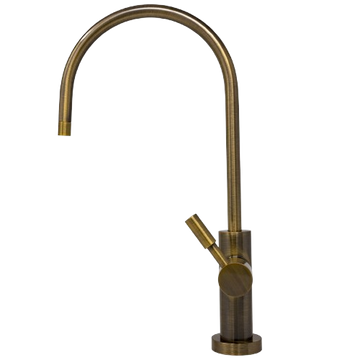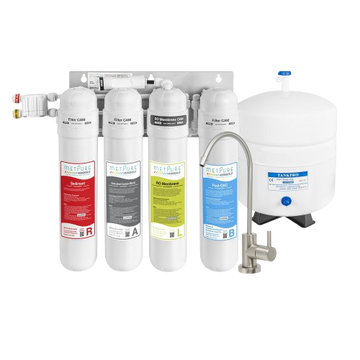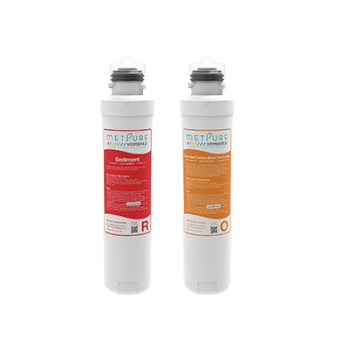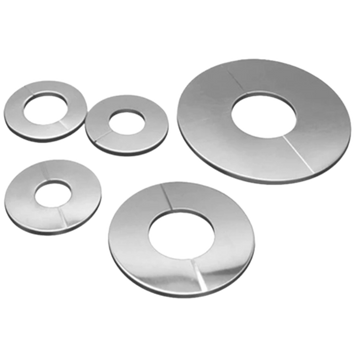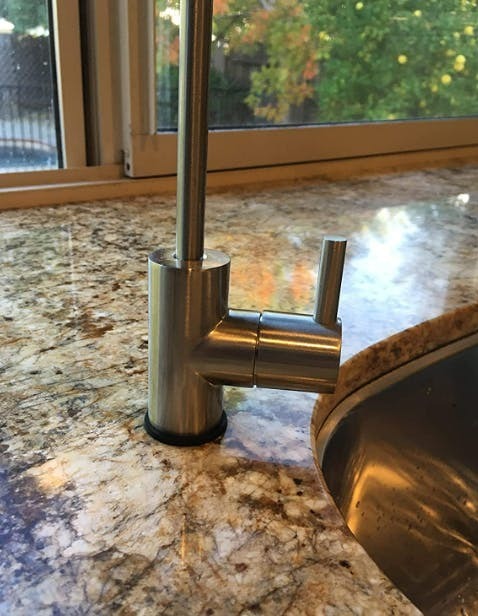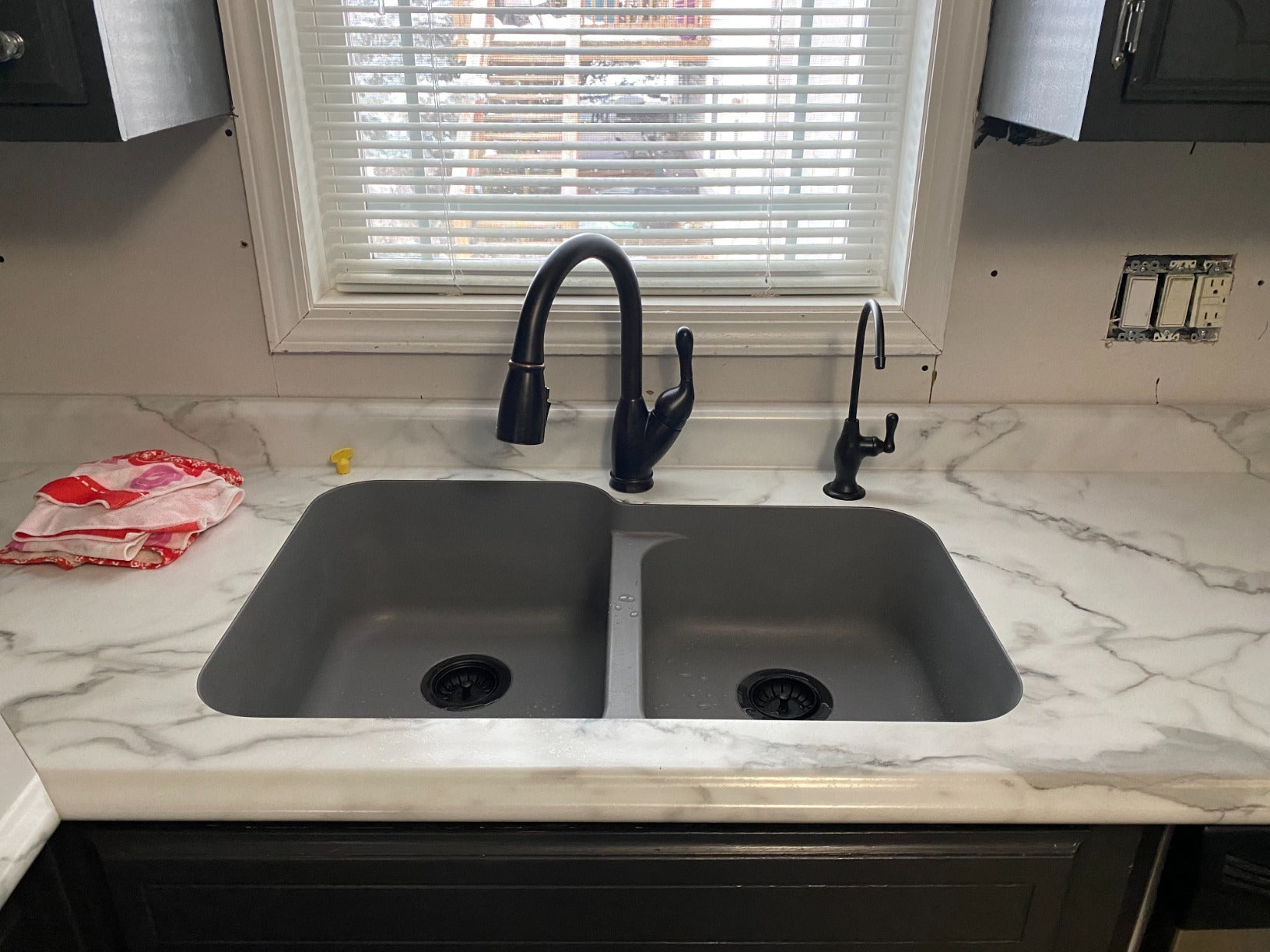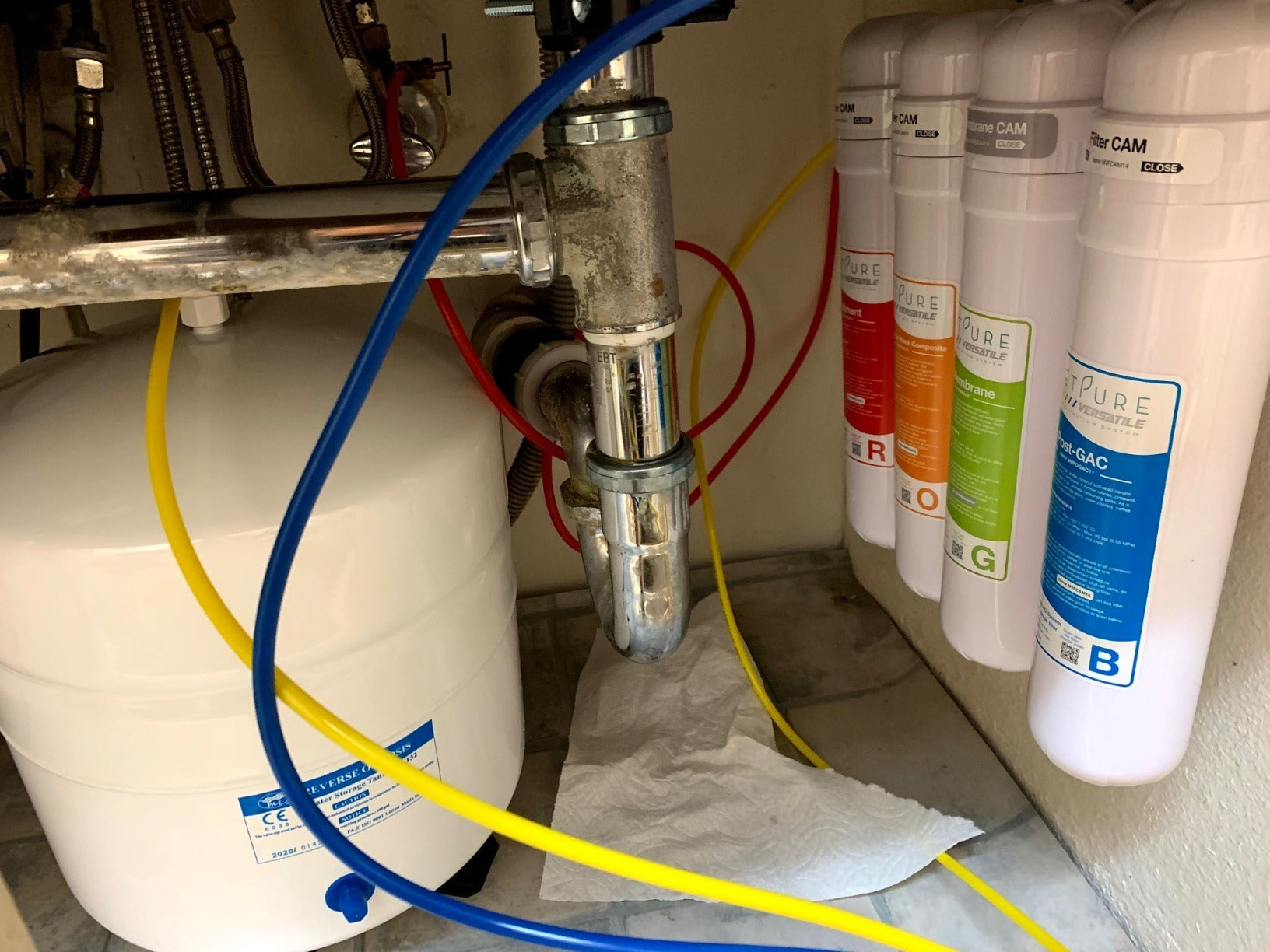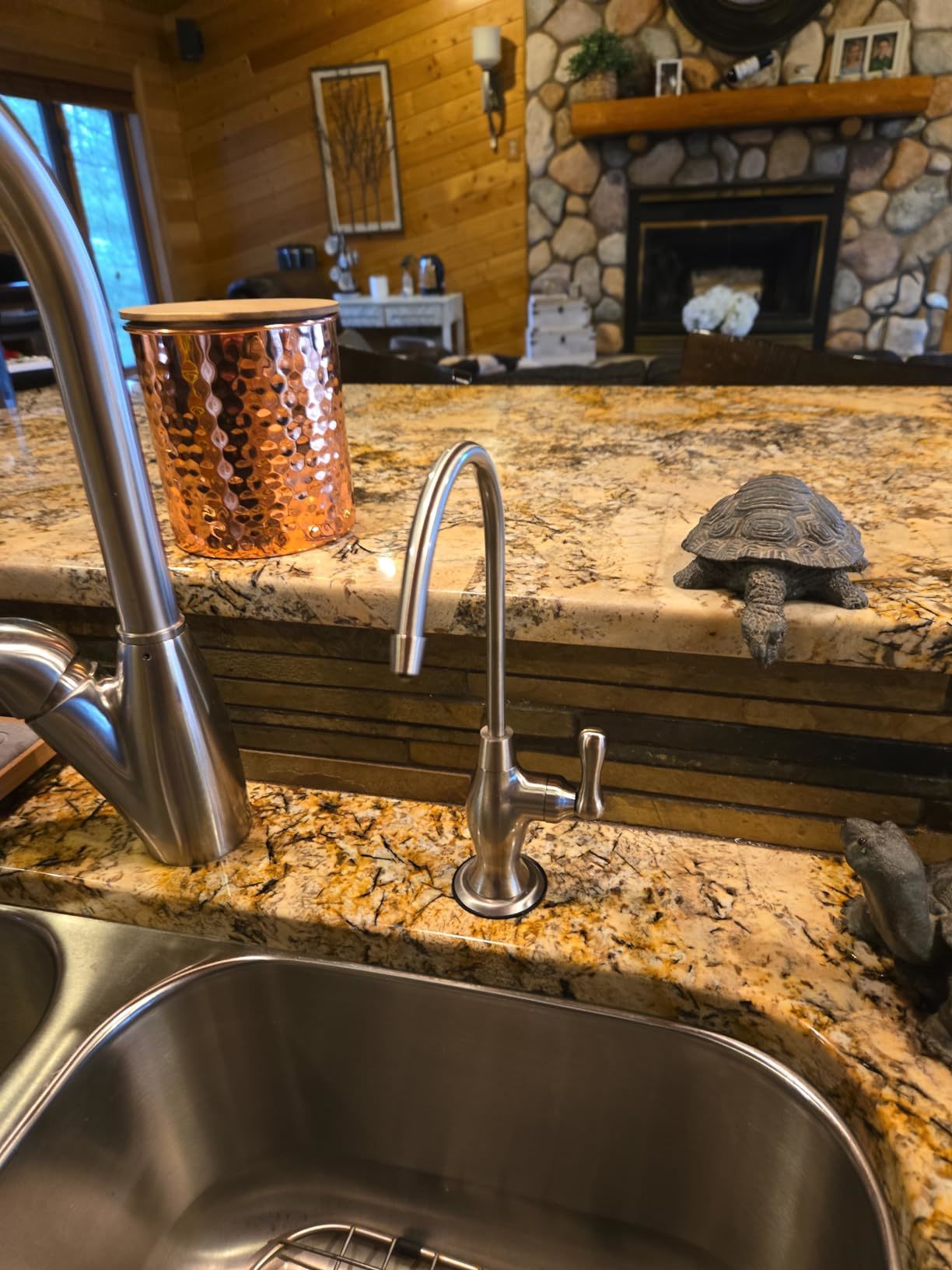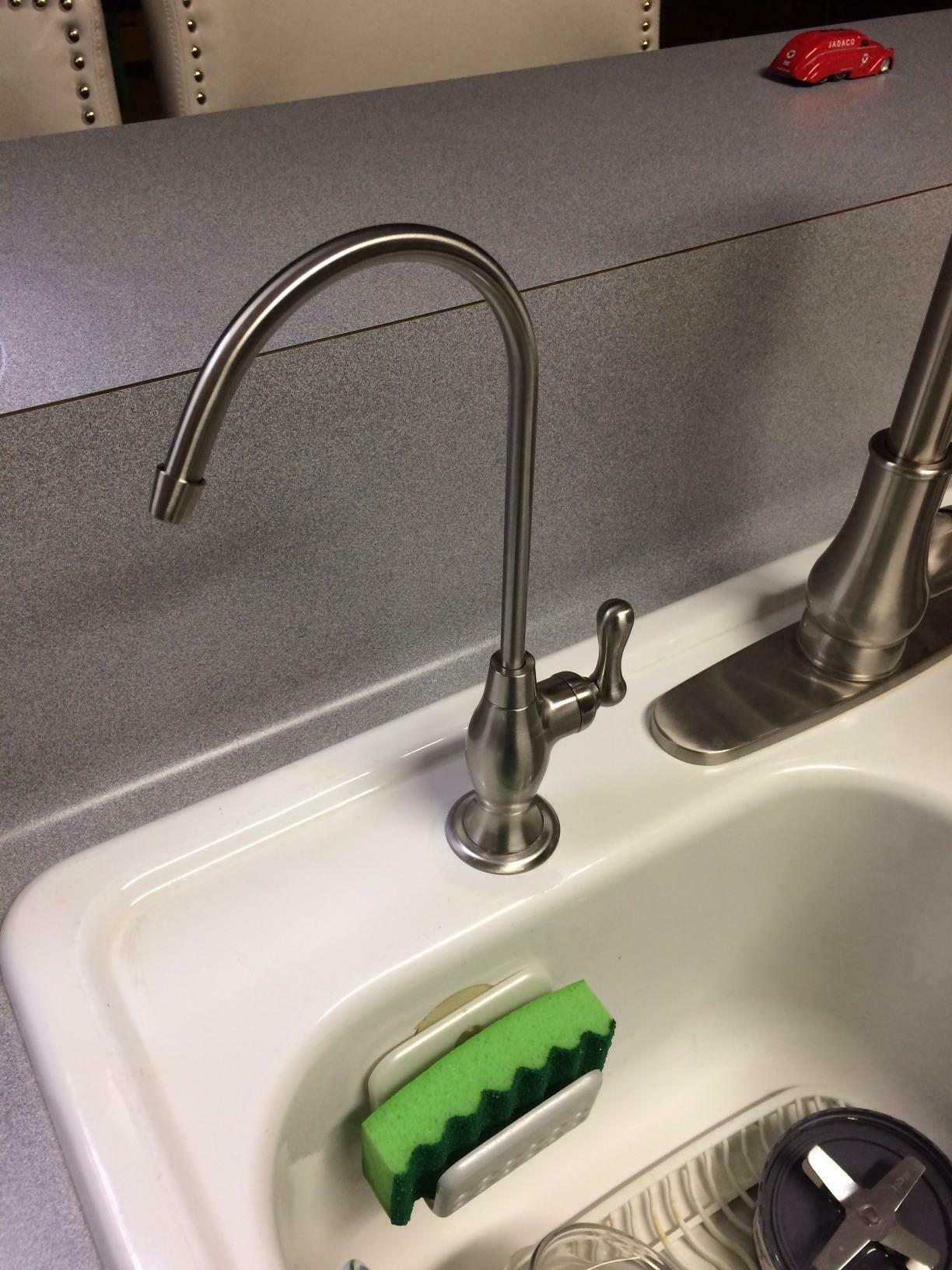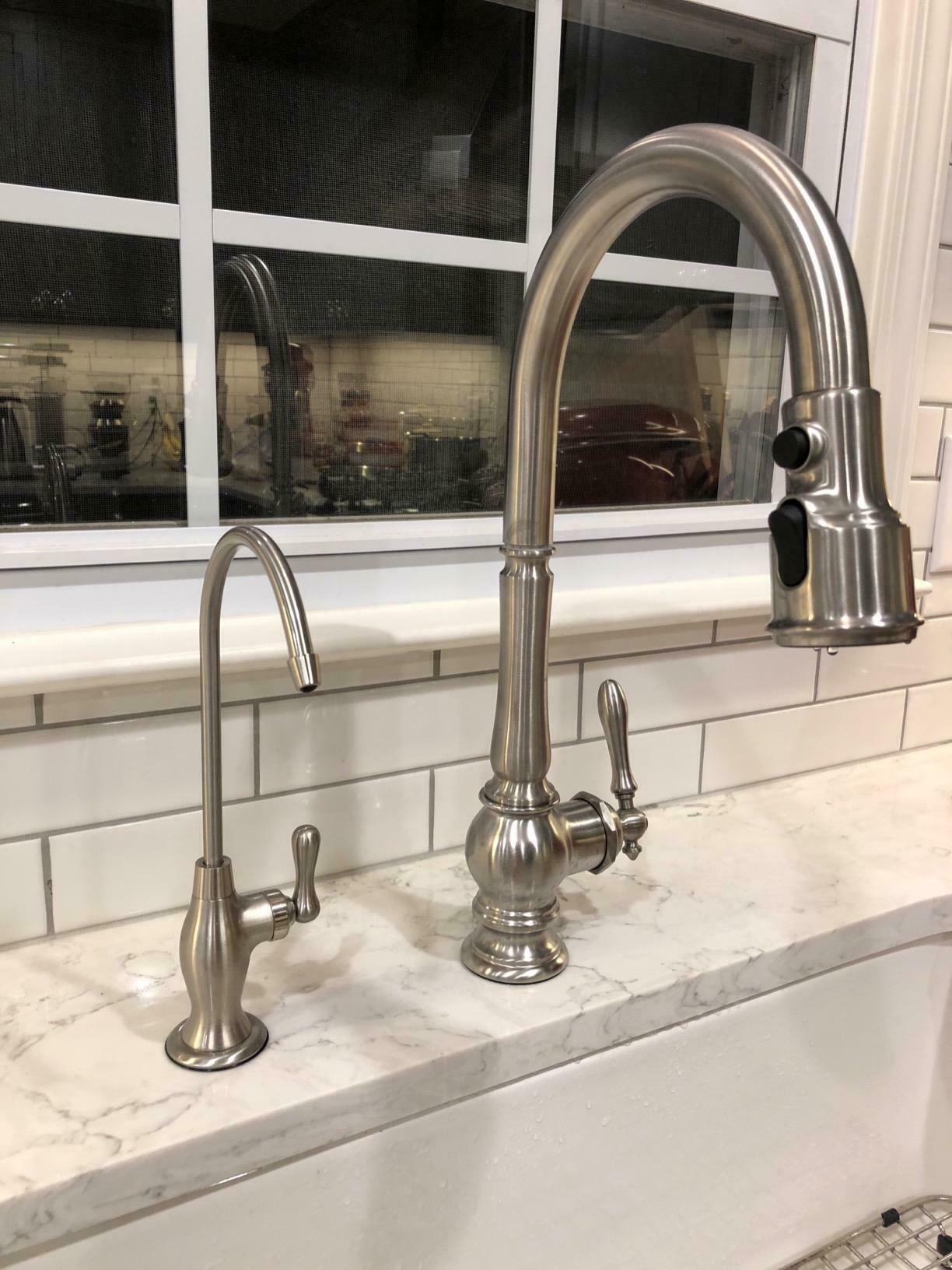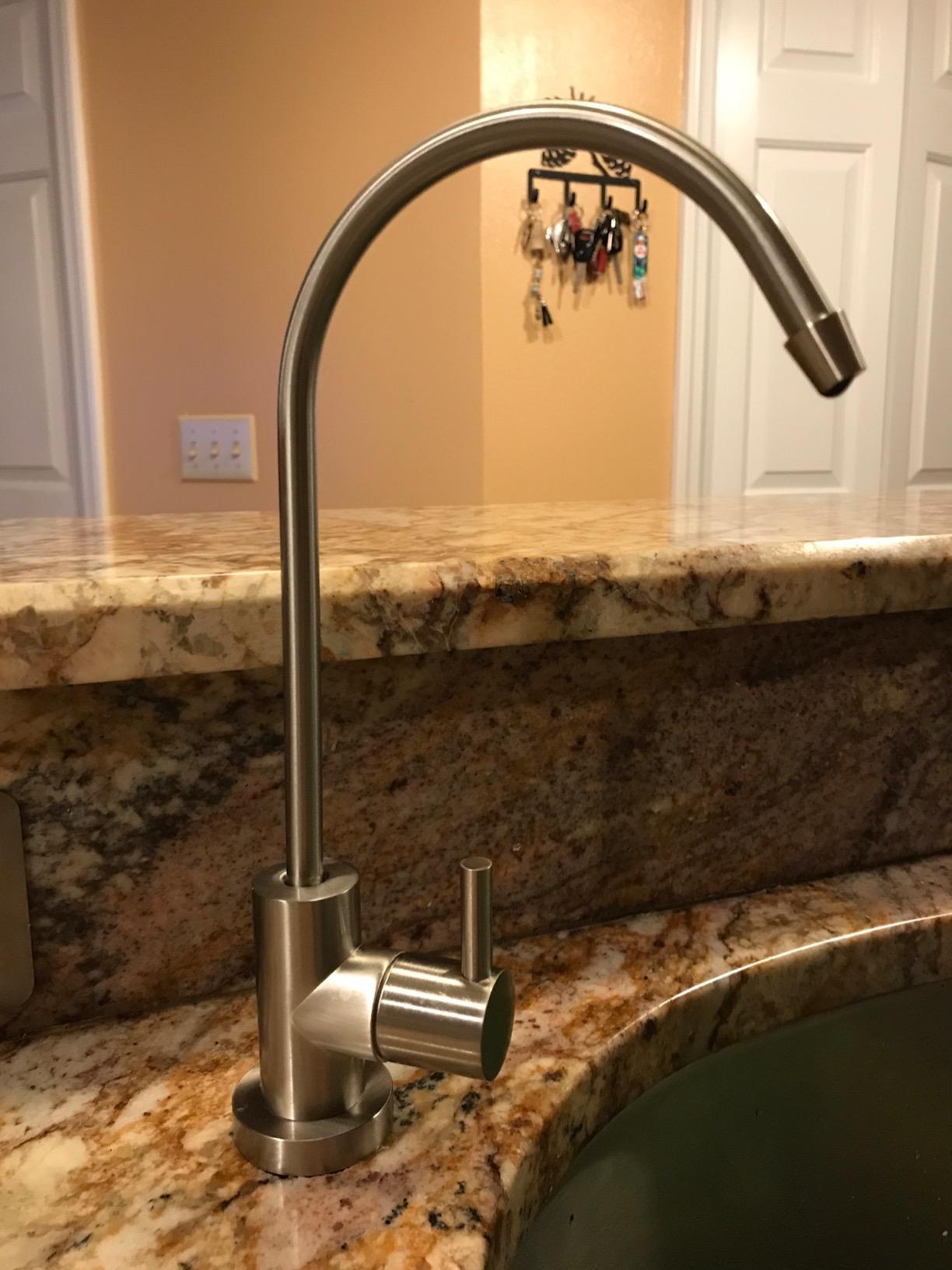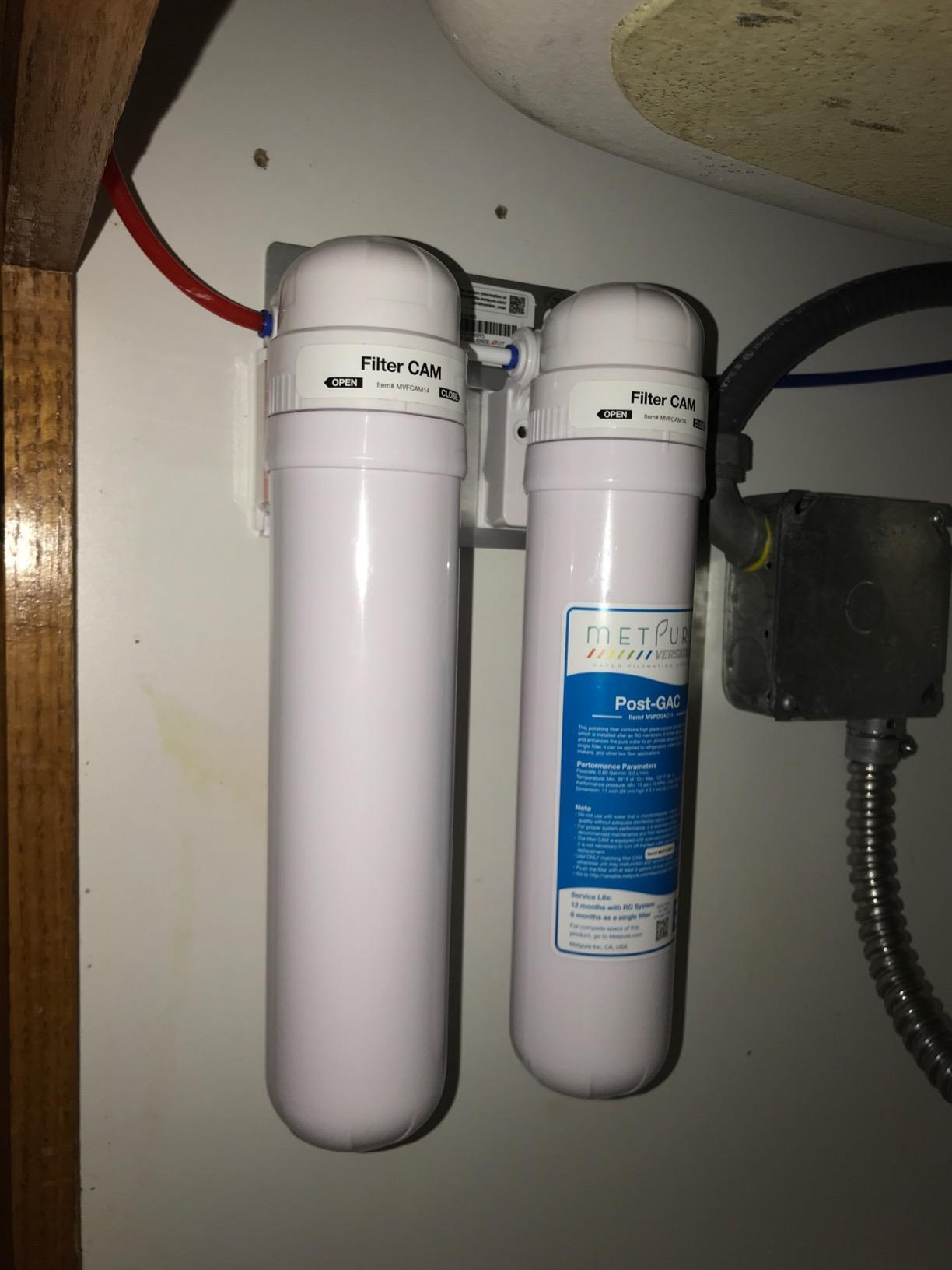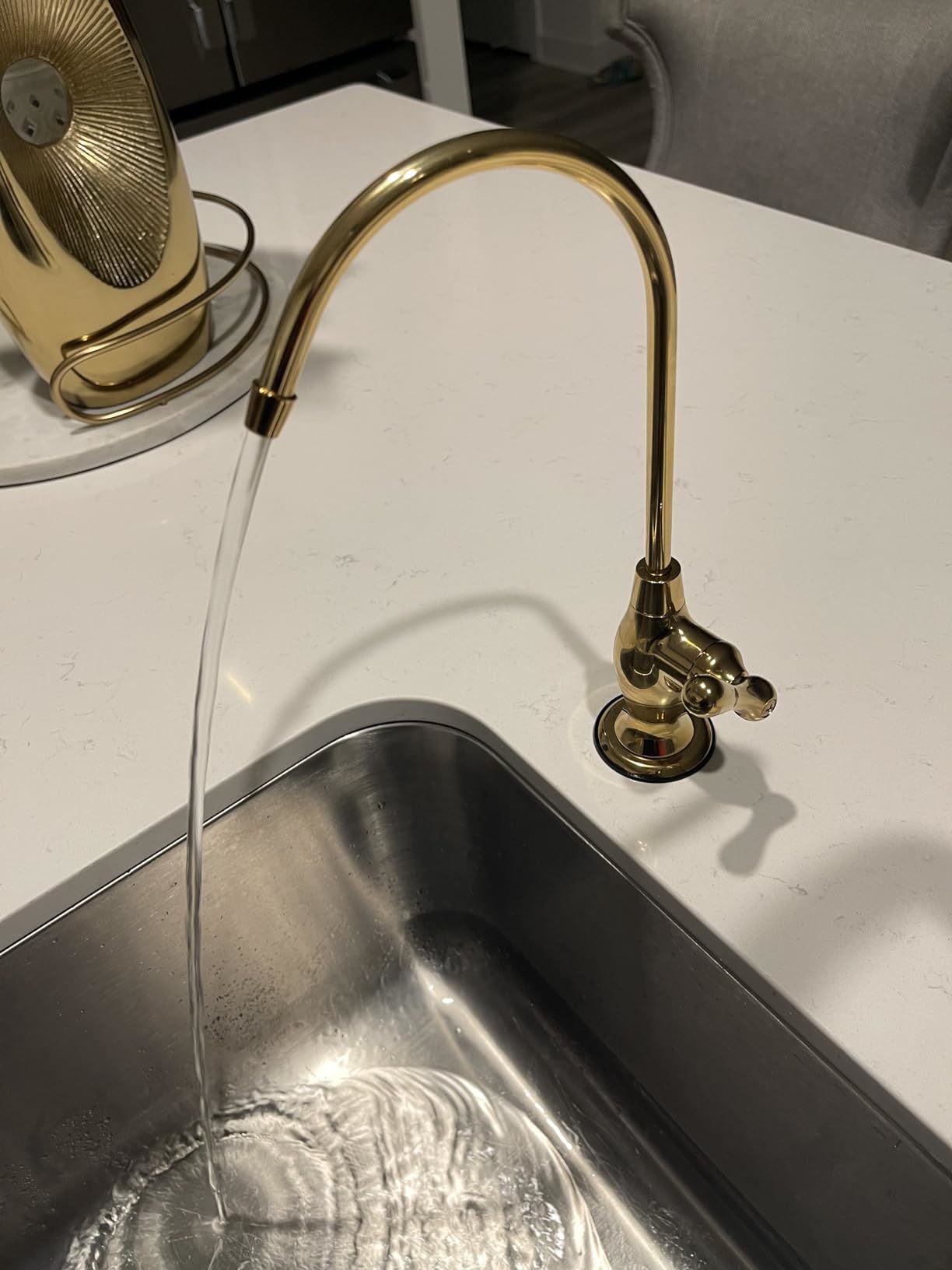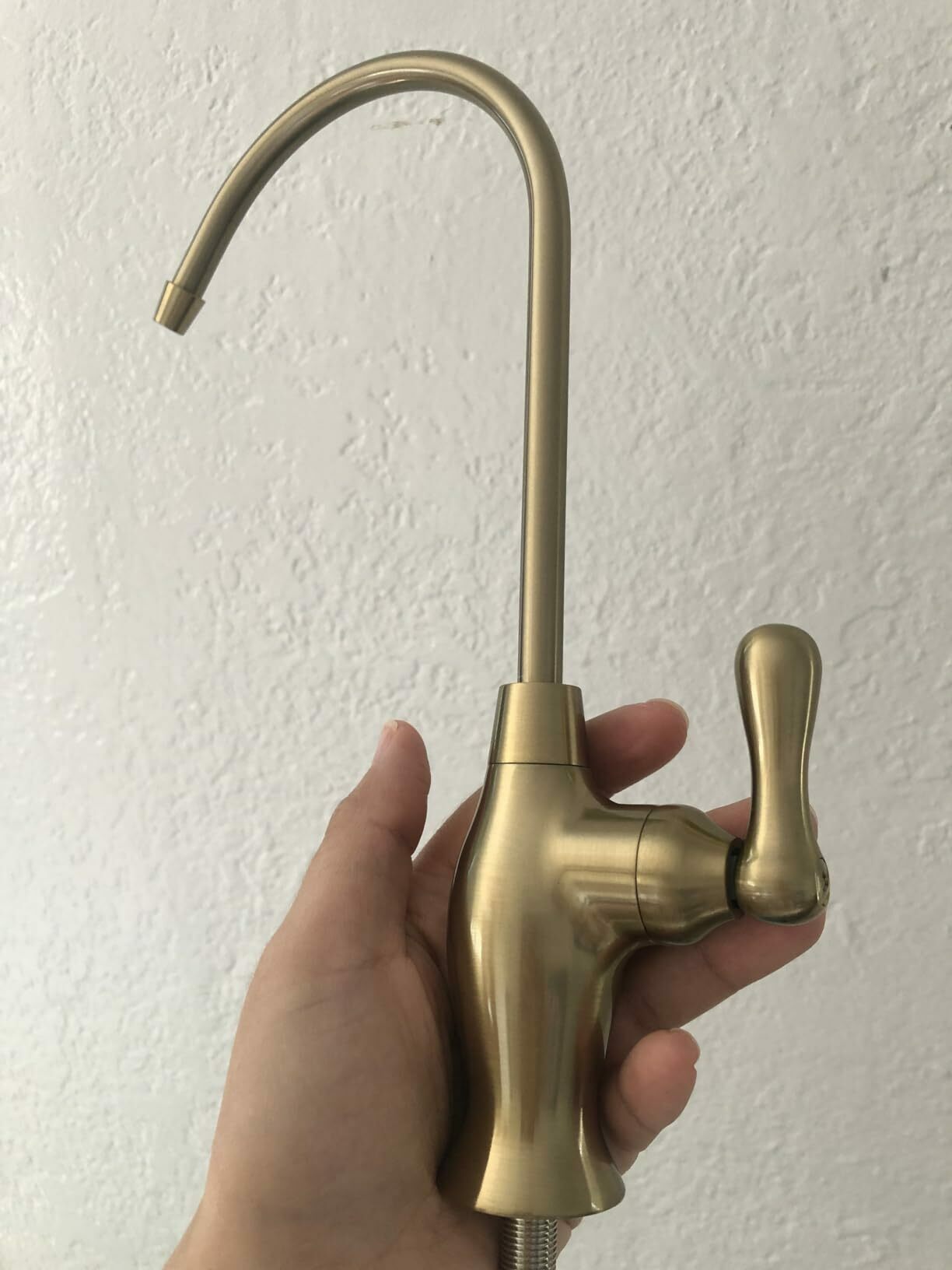How to Open a Kitchen Soap Dispenser
Table of Contents
Clear your sink and countertop of clutter with a built-in soap dispenser that mounts directly to the faucet. These easy-push self-priming dispensers hold up to 17 ounces of liquid hand soap, detergent or lotion, with the reservoir bottle conveniently refillable from above the counter.
Many dispensers offer a sleek, modern look that coordinates with kitchen faucets. To open them, check for a locking mechanism or grooves.
Installing a Disposable Soap Dispenser
Wall-mounted soap dispensers provide convenient and hygienic access to hand soap in bathrooms and kitchens. They are available in a variety of materials and designs to complement different aesthetics. Some dispensers offer eco-friendly features, including refillable reservoirs or compatibility with eco-friendly soap refills.
Dispenser functionality depends on a number of factors, including the type of soap, the dispense mechanism, and the capacity. Manual push-button dispensers require user activation, while sensor-based and lever-operated models automatically dispense soap when hands are detected.
Liquid soaps with reasonable viscosity and pH levels help ensure dependable and consistent operation. Low-pH soaps can corrode metal components and degrade rubber and plastic parts. Proper installation, cleaning, and maintenance can prolong the life of a soap dispenser. To install a dispenser, first use a stud finder to locate a stud. Mark the mounting location on the wall, then drill the screws. After drilling, insert plastic spacers for expansion to prevent stripping. Once installed, place the mount into position and screw in the soap dispenser.
Manual Dispensers
Soap and hand sanitizer dispensers are offered with different operating methods, including manual operation via an arm lever and touchless operations. Touchless dispensers respond to movement and dispense a predetermined amount of hand soap or sanitizer without any human contact required. This eliminates the soap dispenser as a potential germ hot spot and minimizes cross-contamination between users.
Manual dispensers require users to depress a push bar to activate the dispensed soap. Typically wall-mounted, these dispensers offer an attractive design and are ideal for high traffic washrooms. They may require more maintenance and battery replacement than their touchless counterparts, but can help reduce costs through efficient, controlled dispensing that cuts soap wastage.
Choose from a variety of styles and finishes for your manual dispenser. Some models also feature a window that allows users to easily see the product level.
Automatic Dispensers
Built-in dispensers mount directly to your sink, eliminating the need for soap bottles on your countertop. They come in a variety of styles and finishes, making it easy to match them to your kitchen faucet. They're also more hygienic than sharing a common bottle, as they prevent cross-contamination and germs.
The pump head is positioned to deliver the exact amount of soap needed, and it features a forward tilt that helps prevent dripping or spilling. The large reservoir holds up to 17 ounces, so it requires fewer refills. It easily fills from above to help you avoid juggling bottles and can be installed with left- or right-handed configuration.
To open the dispenser, insert the key and push down. The cover opens automatically and the word PUSH is illuminated, indicating the unit is operational. To reset, insert four new C-cell batteries with proper polarity.
Foaming Dispensers
Foaming dispensers come in a variety of styles, materials and price points. They're designed to work with specific hand soaps to create a cloud-like dollop of soap foam when pumped.
To open the nozzle of a foaming hand soap dispenser, press on the side of the bottle to activate a locking mechanism, which is typically a small latch at the top of the bottle. Once the latch is released, you can turn the nozzle clockwise or counterclockwise to dispense the soap.
The nozzle also has a built-in air mixing chamber to help incorporate air into the soap. If the soap is too thick, it can block this tube and prevent air from being introduced. Watering down the soap can fix this problem. If it doesn't, the soap may need to be replaced. If the soap dispenser is not dispensing, there could be a more serious internal problem that requires professional repair. The best way to determine this is to contact the manufacturer's customer service department.


